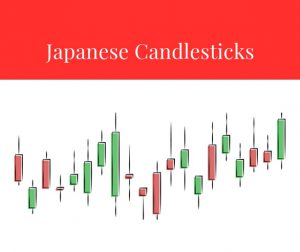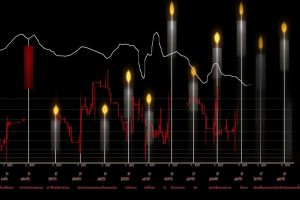Introduction
Forex trading, also known as foreign exchange trading, is the act of buying and selling currencies with the aim of making a profit. It is one of the largest and most liquid financial markets in the world. This tutorial will provide a comprehensive introduction to the basics of currency trading, covering essential topics such as market analysis, trading platforms, and risk management.
Understanding Forex Market Analysis
Market analysis is a crucial aspect of forex trading. It involves evaluating various factors that can influence currency prices to make informed trading decisions. There are two main types of market analysis:
Fundamental Analysis
Fundamental analysis focuses on understanding the economic, social, and political factors that influence currency values. This includes analyzing economic indicators such as GDP, employment rates, interest rates, and inflation. For example, if the U.S. economy is performing well, the value of the U.S. dollar may rise.
Technical Analysis
Technical analysis involves studying historical price charts and using technical indicators to predict future price movements. Traders use tools such as moving averages, relative strength index (RSI), and Fibonacci retracements to identify trends and potential entry and exit points. Both types of analysis are essential, and successful traders often combine them to develop a well-rounded trading strategy.
Choosing A Trading Platform
Selecting the right trading platform is crucial for a seamless trading experience. A trading platform is software provided by a broker that allows traders to execute trades and access market information. Here are some key features to look for in a trading platform:
User-Friendly Interface: A good trading platform should be easy to navigate, with a clear and intuitive interface. This helps traders execute trades quickly and efficiently.
Technical Tools: Look for a platform that offers a wide range of technical analysis tools and indicators. These tools are essential for analyzing market trends and making informed trading decisions.
Real-Time Data: Access to real-time market data is crucial for timely trading decisions. Ensure the platform provides up-to-date quotes, news, and charts.
Security: Security is paramount when trading online. Choose a platform that uses robust security measures to protect your personal and financial information.
Popular trading platforms include MetaTrader 4 (MT4), MetaTrader 5 (MT5), and cTrader. These platforms are widely used by traders worldwide and offer a range of features to suit different trading styles.
Risk Management In Forex Trading
Risk management is a critical aspect of forex trading. It involves identifying, assessing, and prioritizing risks to minimize potential losses. Here are some key risk management strategies:
Use Stop-Loss Orders: A stop-loss order is an order to close a trade at a predetermined price level to limit losses. For example, if you buy a currency pair at 1.1000, you can set a stop-loss order at 1.0950 to limit your potential loss to 50 pips.
Position Sizing: Position sizing involves determining the amount of capital to risk on a single trade. It is important to avoid risking too much of your trading capital on any one trade. A common rule of thumb is to risk no more than 1-2% of your trading capital on a single trade.
Diversification: Diversifying your trades can help spread risk. Instead of focusing on a single currency pair, consider trading multiple pairs to reduce the impact of any one trade on your overall portfolio.
Keep Emotions in Check: Emotions can significantly impact trading decisions. Fear and greed are two common emotions that can lead to poor trading choices. Developing a trading plan and sticking to it can help manage emotional responses to market fluctuations.
Practical Steps To Start Trading
Open a Trading Account: To start trading, you need to open an account with a reputable forex broker. Ensure the broker is regulated by a recognized authority, such as the Financial Conduct Authority (FCA) in the UK or the Commodity Futures Trading Commission (CFTC) in the US.
Fund Your Account: Once your account is open, you need to deposit funds to start trading. Most brokers offer various funding options, including bank transfers, credit cards, and electronic wallets.
Choose a Currency Pair: Select a currency pair to trade. The most popular pairs include EUR/USD, GBP/USD, and USD/JPY. Start with major pairs as they tend to have higher liquidity and lower spreads.
Analyze the Market: Use fundamental and technical analysis to assess the market and identify trading opportunities. Look for trends, patterns, and key levels of support and resistance.
Execute the Trade: Place your trade using your chosen trading platform. Set appropriate stop-loss and take-profit levels to manage your risk.
Monitor and Adjust: Continuously monitor your trades and the market conditions. Be prepared to adjust your strategy as needed to respond to market changes.
Conclusion
Forex trading offers exciting opportunities for profit, but it requires a solid understanding of the market and effective risk management strategies. By learning the basics of currency trading, choosing the right trading platform, and implementing sound risk management practices, beginners can build a strong foundation for successful trading. Remember, continuous learning and practice are key to becoming a proficient forex trader.



